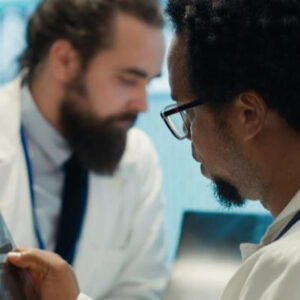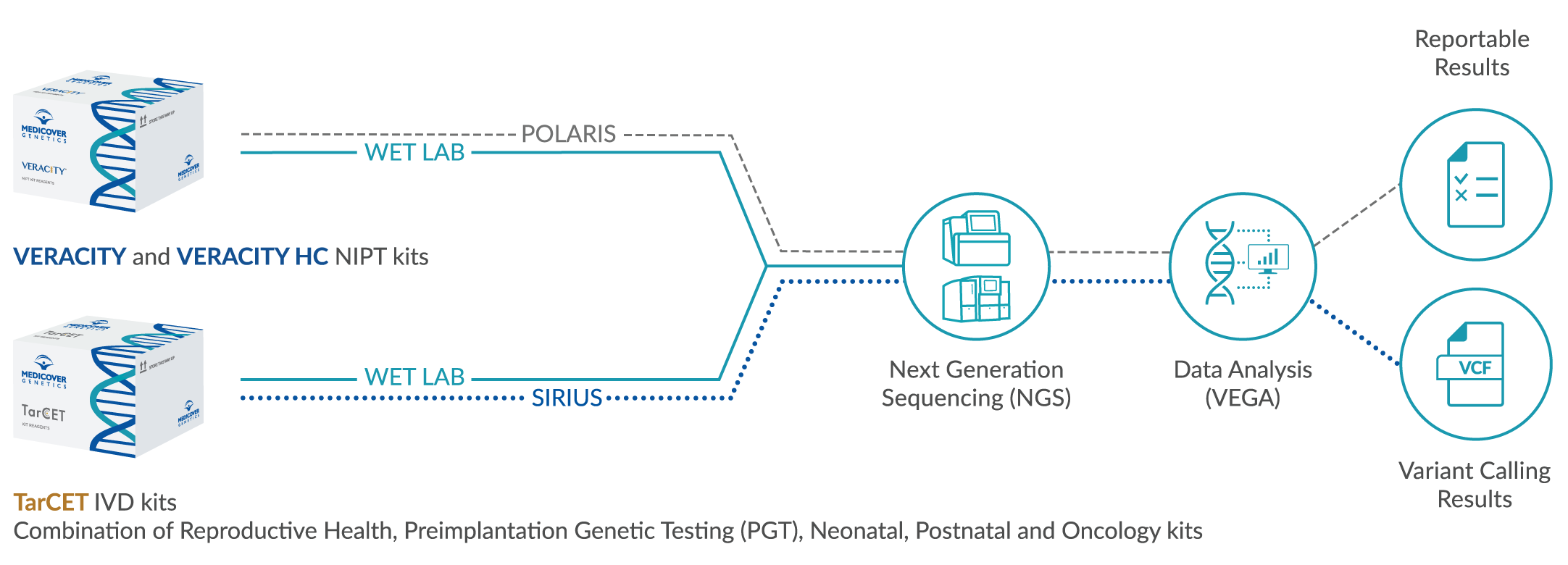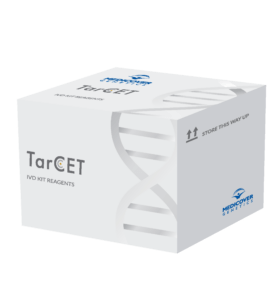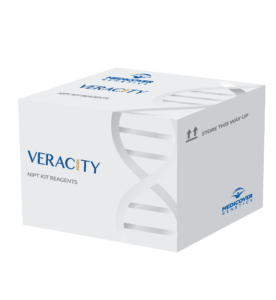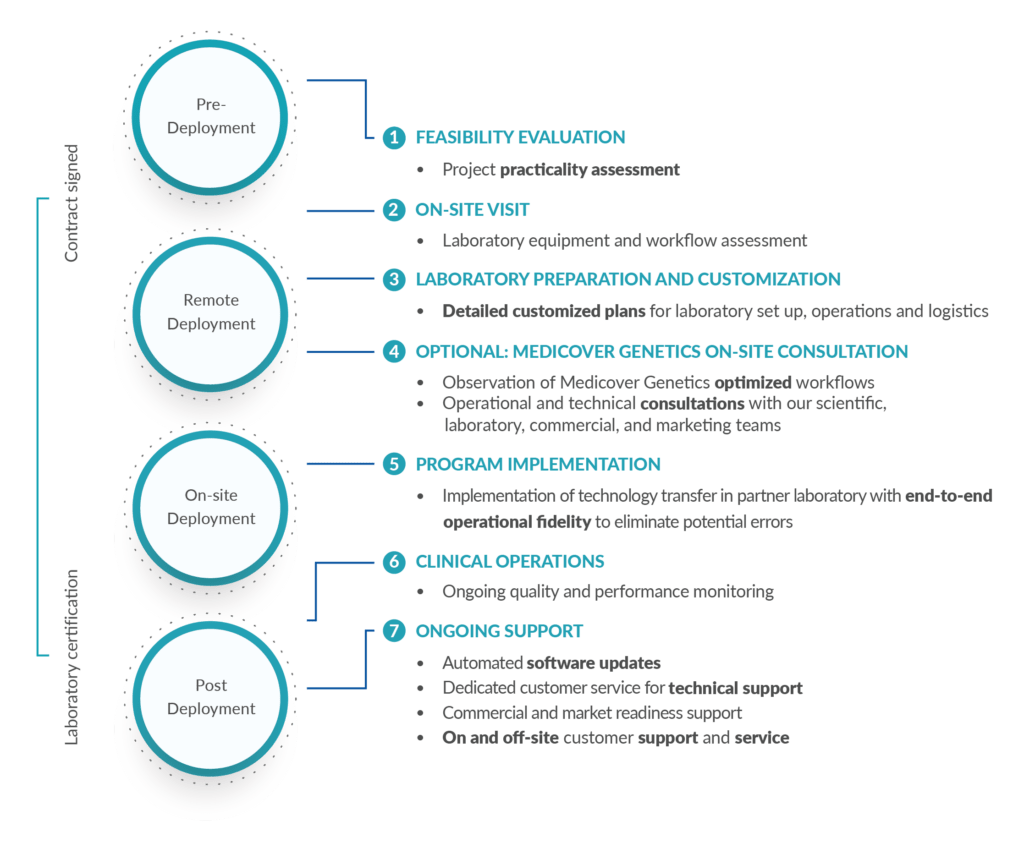Sarcomas are mesenchymal malignancies that originate from soft tissue or bone. They include more than 80 histological subtypes, although they account for less than 1% of malignant neoplasms in adults. Subtypes are classified according to the non-neoplastic cell type or the non-neoplastic cell line they resemble or into which they differentiate (e.g., adipocytes, fibroblasts, smooth muscle, etc.). The clinical behavior within different subtypes can vary widely.
GENOMIC ALTERATIONS
Myxoid liposarcoma is a translocation-associated sarcoma that accounts for about one third of all liposarcomas. It usually occurs in the deep soft tissue of the extremities and rarely in the retroperitoneum. Classically, myxoid liposarcomas are associated with a recurrent fusion of DDIT3 (CHOP), which is most common with the FUS gene.
Rhabdomyosarcoma (RMS) is an aggressive malignancy defined by differentiation of skeletal muscles. It is the most common soft tissue sarcoma in children but can also occur in adults. RMS most commonly occurs in the head and neck area, the urogenital tract and the subfascial tissues of the extremities. The current WHO classification distinguishes embryonic, alveolar, spindle cell/sclerosing and pleomorphic subtypes of rhabdomyosarcoma. The second most common subtype of RMS in children, alveolar rhabdomyosarcoma (ARMS), has a worse prognosis than embryonic rhabdomyosarcoma (ERMS). In contrast to ERMS, the majority of ARMS are associated with a characteristic reciprocal translocation that merges FOXO1 with PAX3 or PAX7. The identification of a FOXO1 translocation is a reliable means to distinguish ARMS from ERMS, which has important implications for prognosis and treatment.
Low-grade fibromyxoidal sarcoma (LGFMS) is a rare tumor in young, middle-aged adults that usually occurs in the deep soft tissue of the proximal extremities and trunk. LGFMS is positive for the expression of MUC4, which can be detected immunohistochemically. MUC4 in turn is a downstream target of the translocation protein FUS-CREB3L2, which results from a t(7;16) translocation typical for LGFMS.
Dermatofibrosarcoma protuberans (DFSP) is a low-grade fibroblastic sarcoma that presents as a dermal or subcutaneous lump in young adults, usually on the trunk. DFSP has a recurrent fusion of COL1A1 with PDGFRB and shows a response to tyrosine kinase inhibitors directed against PDGFRB.
Inflammatory myofibroblastic tumor (IMT) is a spindle cell tumor with intermediate malignant potential, which is found in the lung, mesentery and omentum of children and young adults. More than half of the IMTs show an ALK gene rearrangement, which correlates immunohistochemically with the overexpression of ALK proteins. The detection of an ALK translocation has therapeutic implications, as crizotinib targets ALK in surgically untreatable/recurrent cases. The non-ALK rearranged IMTs often show fusions involving alternative kinase receptors such as ROS1, PDGFRB, NTRK1 and RET.
Solitary fibrous tumor (SFT) is a fibroblastic neoplasia in adults with a broad anatomical distribution and a mostly benign clinical course; however, up to 25% of cases metastasize. Rarely, SFTs can develop into a high-grade, non-differentiated sarcoma with anaplastic and heterologous elements. SFTs are characterized by an intrachromosomal inversion in chromosome 12, which leads to a fusion of NAB2 and STAT6.
Epithelioid hemangioendothelioma (EHE) is the most aggressive lesion in the family of hemangioendotheliomas, which are vascular neoplasias with borderline malignant potential that range from benign hemangiomas to clinically aggressive angiosarcomas. The diagnosis can be confirmed by identifying the WWTR1-CAMTA1 or YAP1-TFE3 fusion characteristic of EHE.
Clear cell sarcoma, formerly known as malignant melanomas of the soft tissues, can now be differentiated from melanomas by detecting the specific genetic aberrations EWSR1- ATF1, EWSR1-CREB1 or FUS-ATF1. They mostly occur in the extremities of younger patients with the involvement of tendons, aponeuroses and/or fasciae. Lymph node metastases are detectable in up to 40% of patients.
Synovial sarcoma (SS) is a high-grade malignant disease that most commonly occurs in the extremities of young adults but can affect patients of any age at any anatomical site. SS is associated with a translocation between chromosomes X and 18, which fuses parts of the SS18 and SSX genes (SSX1 60%, SSX2 38%, SSX4 2%). Identification of the t(X;18) translocation remains the gold standard for confirmation of the diagnosis.
Ewing sarcoma (ES) is the epitome of the "small round blue cell tumor", which describes its histology aptly. This high-grade malignancy is the second most common bone and soft tissue sarcoma in children. ES is most commonly associated with recurrent translocation between EWSR1 and members of the ETS family of transcription factors, most commonly FLI1. Other less common merger variants have been identified, including FUS, ERG, ETV1 and ETV4. While immunohistochemistry can be helpful to exclude other entities, final classification often requires the detection of characteristic ES-associated gene rearrangements.
Ewing-like sarcomas are a heterogeneous family of tumors that have morphological similarities to classic Ewing sarcoma but do not have a defining EWSR1/ETS translocation. Like Ewing sarcoma, it is an undifferentiated round-cell tumor caused by specific chromosomal translocations. The majority of Ewing-like sarcomas show a fusion between CIC and DUX4. While detection of the defining rearrangement is required for confirmation, immunohistochemical staining of the transcription factors PAX7 and WT1 may support the diagnosis of a CIC-DUX4 sarcoma (PAX7-negative, WT1-positive) when compared to Ewing sarcoma (PAX7 positive, WT1 negative). Current data suggest that the clinical course and resistance to therapy in patients with CIC-DUX4 sarcoma are more aggressive compared to classic ES.
The second most common group of Ewing-like sarcomas is characterized by BCOR1 gene rearrangements, with the majority showing fusion of BCOR1 with CCNB3. The immunohistochemistry for CCNB3 supports the diagnosis. Furthermore, mergers of EWSR1 with non-ETS partners are detected.
Extraskeletal myxoid chondrosarcoma (ESMC) is a rare sarcoma that typically occurs intramuscularly in the extremities of middle-aged adults. In most cases, ESMC is associated with a reciprocal translocation between EWSR1 and NR4A3, although other rare fusion variants have been reported.
Alveolar soft tissue sarcoma (ASPS) is a rare malignant sarcoma of unknown histogenesis that is most likely to develop in the lower extremities and head and neck of young children. It is associated with a translocation between ASPSCR1 and TFE3.
Desmoblastic small round cell tumor (DSRCT) is a highly aggressive, treatment-resistant sarcoma that typically occurs in the abdomen of young men and is associated with a recurrent rearrangement of EWSR1 and WT1.
POSSIBLE THERAPIES
Despite this heterogeneity, the therapeutic standard for the treatment of most metastatic soft tissue sarcomas (STS) remains anthracycline-based chemotherapy although there is significant toxicity and variable efficacy. Regardless of the recent development of several novel chemotherapeutic agents, the prognosis for metastatic STS remains poor: 2-year median survival of 38% and median survival time of 18 months.
SARCOMA FUSION GENE PANEL
NTRK3::ETV6, EWSR1::NR4A3, EWSR1::PBX1, EWSR1::ZNF384, EWSR1::ATF1, EWSR1::PATZ1, EWSR1::DDIT3, EWSR1::SP3, EWSR1::FEV, EWSR1::CREB1, EWSR1::FLI1,
EWSR1::ETV4, EWSR1::ETV1, EWSR1::ERG, YY1::EWSR1, EWSR1::ZNF444, EWSR1::SMARCA5, NFATC2::EWSR1, SS18::SSX1, SS18::SSX4, FUS::CREB3L2, FUS::CREB3L1, FUS::DDIT3,
FUS::ERG, FUS::ATF1, FUS::FEV, PAX3::FOXO1, PAX7::FOXO1
















